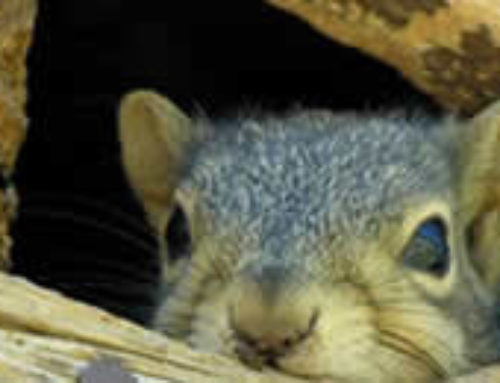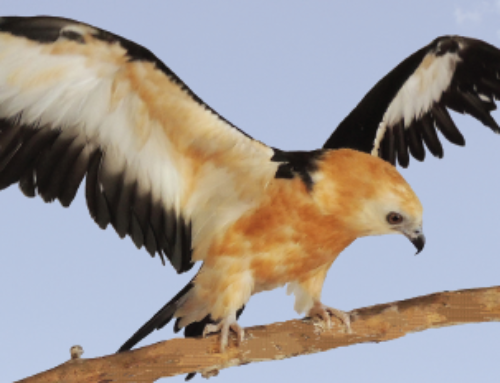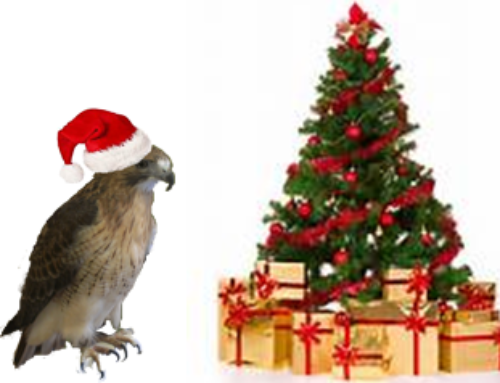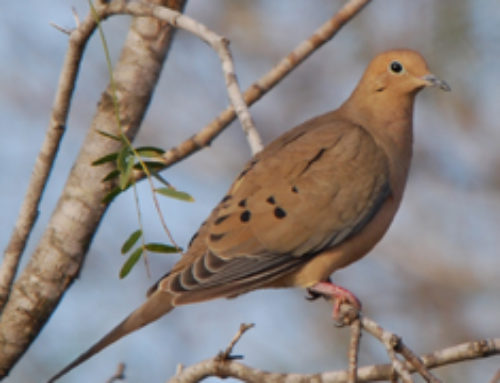 WR&E released an immature Swainson’s Hawk (Buteo swainsoni) the morning of November 1, 2009. It was delivered by a caring rescuer to the Wildlife Center and presented with an injured wing. The WR&E Center cared for him for several months while the fractured bones healed.
WR&E released an immature Swainson’s Hawk (Buteo swainsoni) the morning of November 1, 2009. It was delivered by a caring rescuer to the Wildlife Center and presented with an injured wing. The WR&E Center cared for him for several months while the fractured bones healed.
The next step of the healing process was several weeks in a large flight cage for flight conditioning. After a few weeks, it was amazing to see him maintaining flight and gliding in the flight cage. When he left the hands of the WR&E volunteer on Sunday morning all they could see were the dark flight feathers and the buffy wing linings as he soared above them. It was hard to determine who was happier – the Swainson’s Hawk or the proud WR&E volunteers.
Some interesting facts about the Swainson’s Hawk:
- They congregate in flocks numbering into the thousands for migration. Their migration begins in Canada and ends in Argentina. It is the longest of any American raptor (only tundra breeding Peregrine Falcon travel
 longer distances).
longer distances). - Small pockets of Swainson’s Hawk along the Texas Gulf Coast and the Florida Coast either got lost or chose to settle in for extended periods.
- The immature birds are easily tracked to their wintering grounds because they stay together in groups, but it is not known exactly where the adults winter.
- They are a medium sized hawk with a stout body, broad rounded wings and a medium long rounded tail. Dark flight feathers provide a stark contrast to the pale inner wing, the tail is light with multiple thin dark bands; one darker and broader near the tip of the tail. The face is white with a dark crown.
- Sometimes confused with the Broad Winged Hawk and the White Tailed Hawk as both have similar underwing patterns. Both species lack the dark chest and the dark trailing edge of the wing is narrower since only the tip of each flight feather is dark. The tail bands of the Broad Winged Hawk are broader. The back of the White Tailed Hawk tends to be more gray.
- During the breeding season, the Swainson’s Hawk relies primarily on a diet of small mammals. While in South America for the non-breeding season, the diet shifts to grasshoppers, locusts, dragonflies and other large insects. They can often be seen following tractors in fields to see what prey is flushed. Their diet also tends towards more reptiles and amphibians.






Leave A Comment